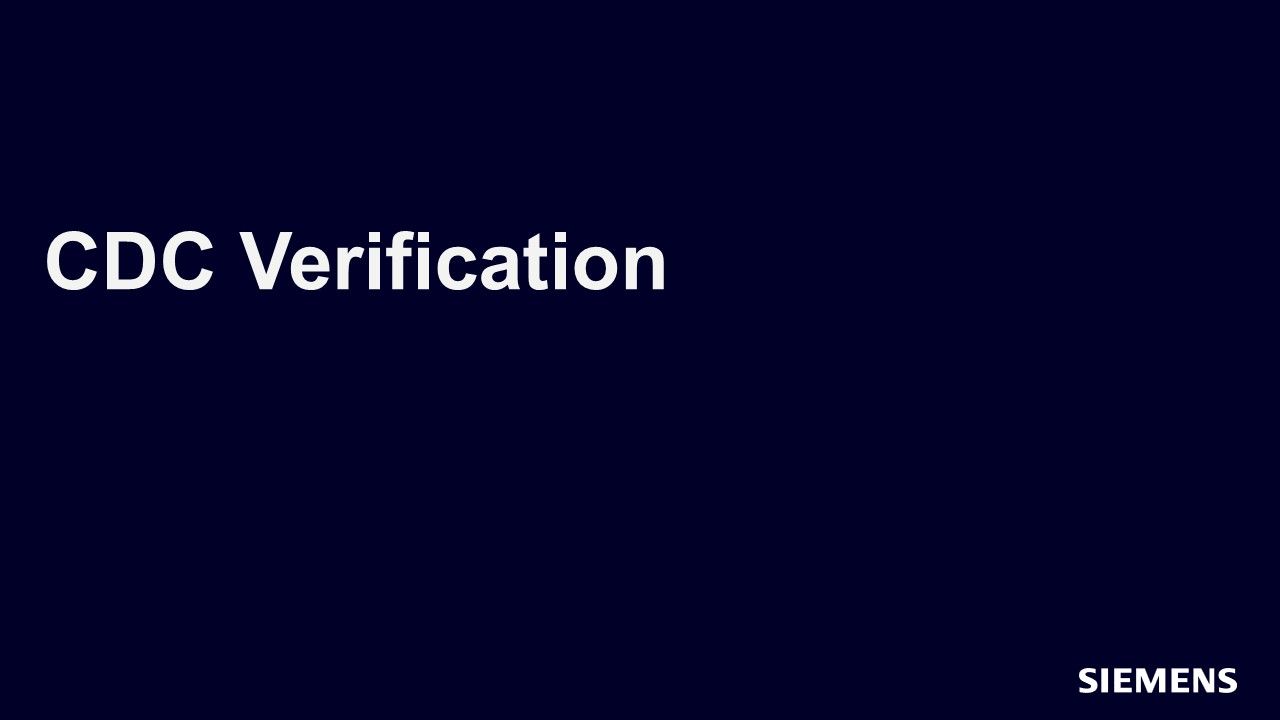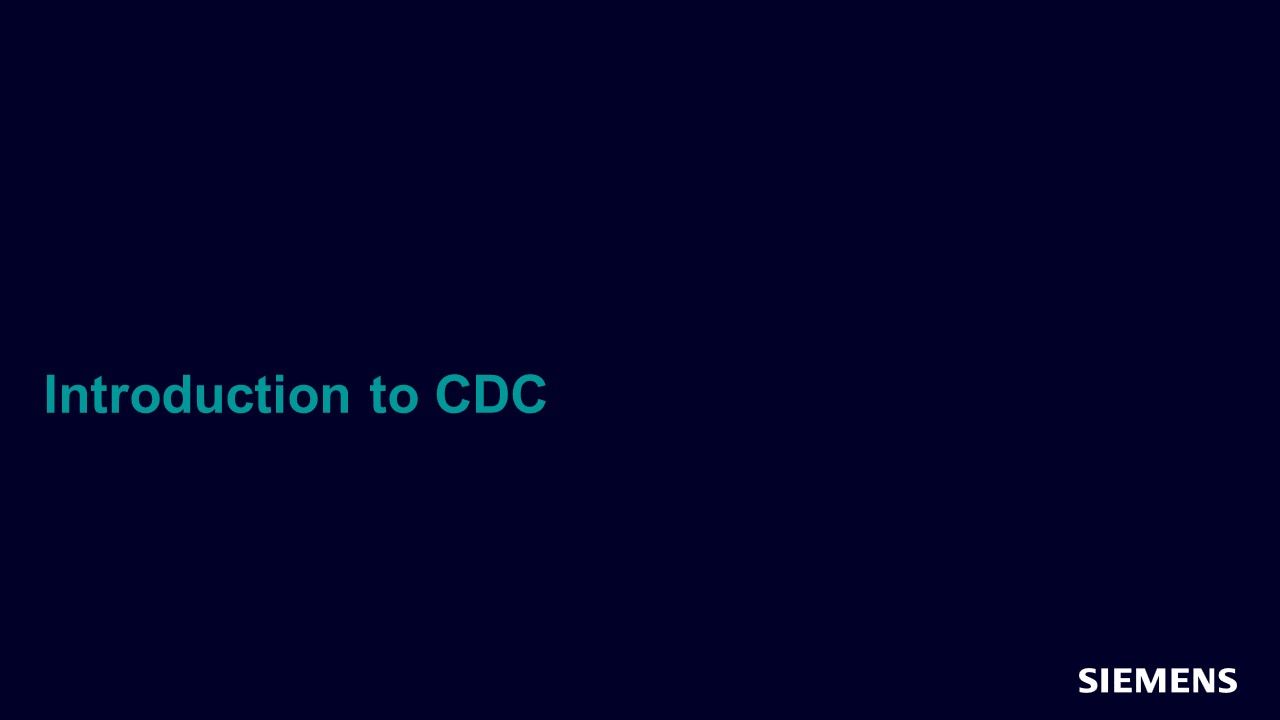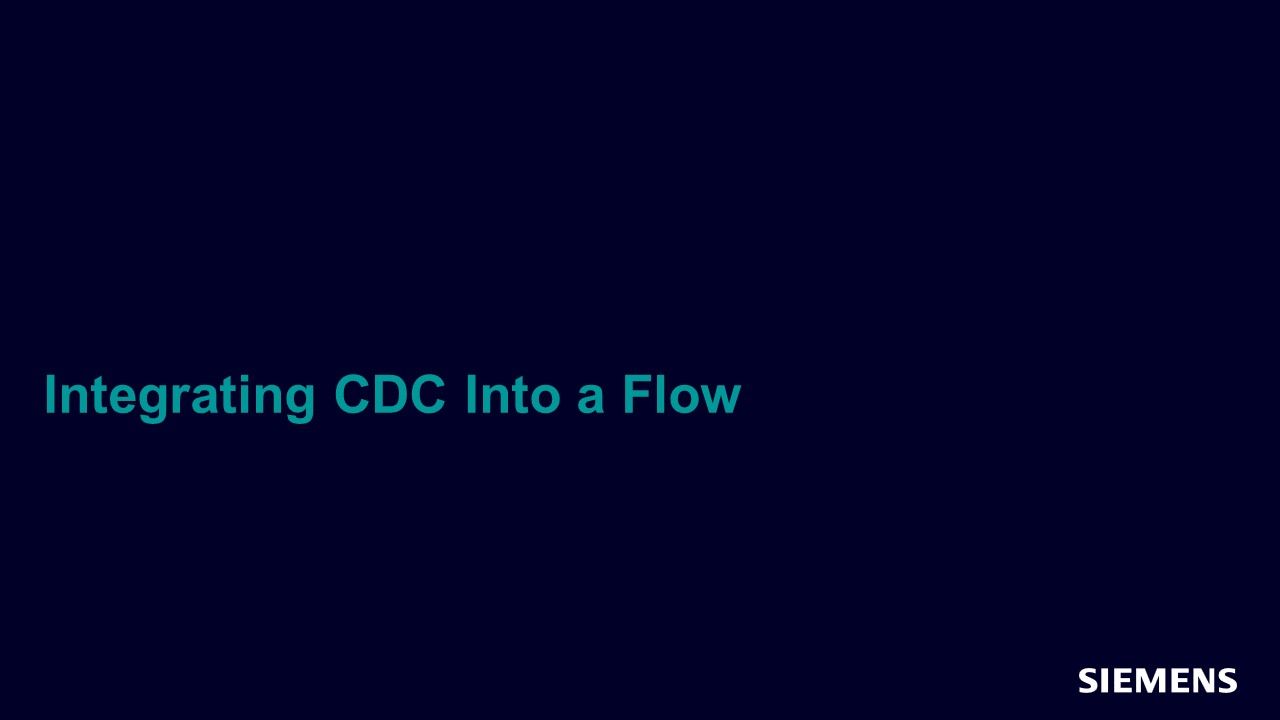CDC Verification
This track introduces a set of steps for advancing an organization’s clock-domain crossing (CDC) verification skills, infrastructure, and metrics.

-
Sessions
-

Overview and Welcome
This session will cover the expectations that a user may experience after completing the Clock-Domain Crossing Verification track. -

Introduction to CDC
This session introduces a survey of today’s CDC verification challenges, and the steps necessary to mature an organization’s CDC capabilities. -

Understanding Metastability
This session defines metastability, and then discusses various techniques to address and verify the metastability problem. -

Metastability Verification Flow
This session introduces the three elements of a CDC verification flow, and discusses how to scale a CDC flow to a full chip solution. -

Modeling Metastability
This session reviews the reconvergence problem, and various methods to model metastability. -

Integrating CDC Into A Flow
This session introduces a systematic set of steps to help you integrate Clock-Domain Crossing (CDC) into your flow.
-
-
Overview
For the past dozen or so years, static timing analysis has served the industry well by ensuring that all synchronous design blocks will not violate any of the design’s setup and hold-timing constraints. However, with the convergence of multiple applications into a complex SOC (such as digital-audio, video, wireless, and networking), as well as the industry’s adoption of an IP reuse strategy, project teams are now faced with a new set of clocking verification challenges that are not addressed by static timing analysis. For example, let’s consider two IP blocks that individually pass their static timing analysis. There are still potential design errors due to the asynchronous interaction of these two blocks. If data is asynchronously transferred between the two IP blocks, and the data changes values during the receiving flip-flop’s setup or hold-timing constraint, then the receiving flip-flop may enter into a metastable state. Hence, ensuring that the two asynchronous domains are properly designed with an appropriate synchronization scheme is critical to preventing the propagation of illegal metastable states through the design.
Furthermore, even with properly synchronized paths, it becomes necessary to verify that the non-deterministic latency introduced between multiple synchronizers does not reconverge in such a way as to create a design error. In the process of helping project teams deploy clock-domain crossing verification, we have observed a number of myths, misunderstandings, and costly mistakes. This Verification Academy track directly addresses these issues by introducing a set of steps for advancing an organization’s clock-domain crossing (CDC) verification skills, infrastructure, and metrics for measuring success while identifying process areas requiring improvement.
This Verification Academy track is intended to be highly interactive-allowing the attendee to ask detailed questions concerning developing a successful clock-domain crossing (CDC) methodology.
-
Forum Discussion - CDC Verification
- No content found.